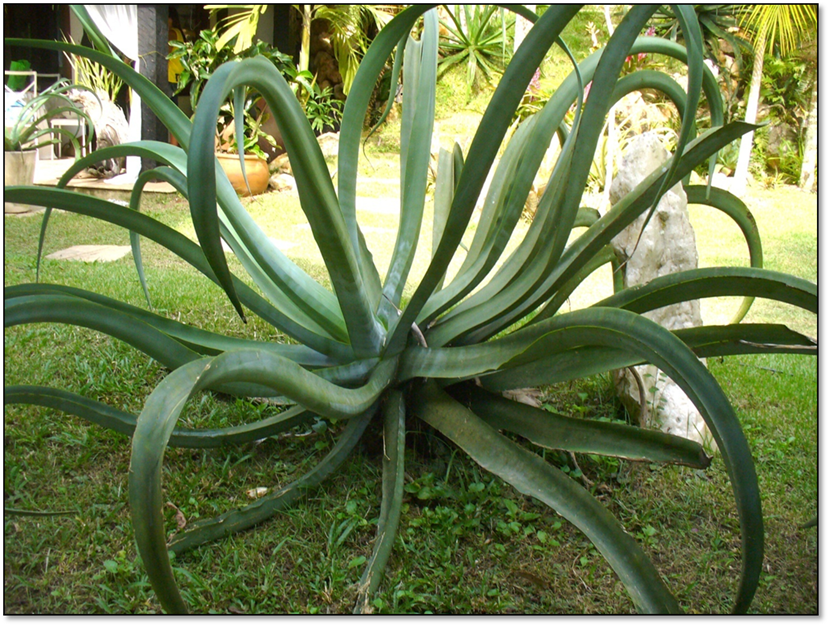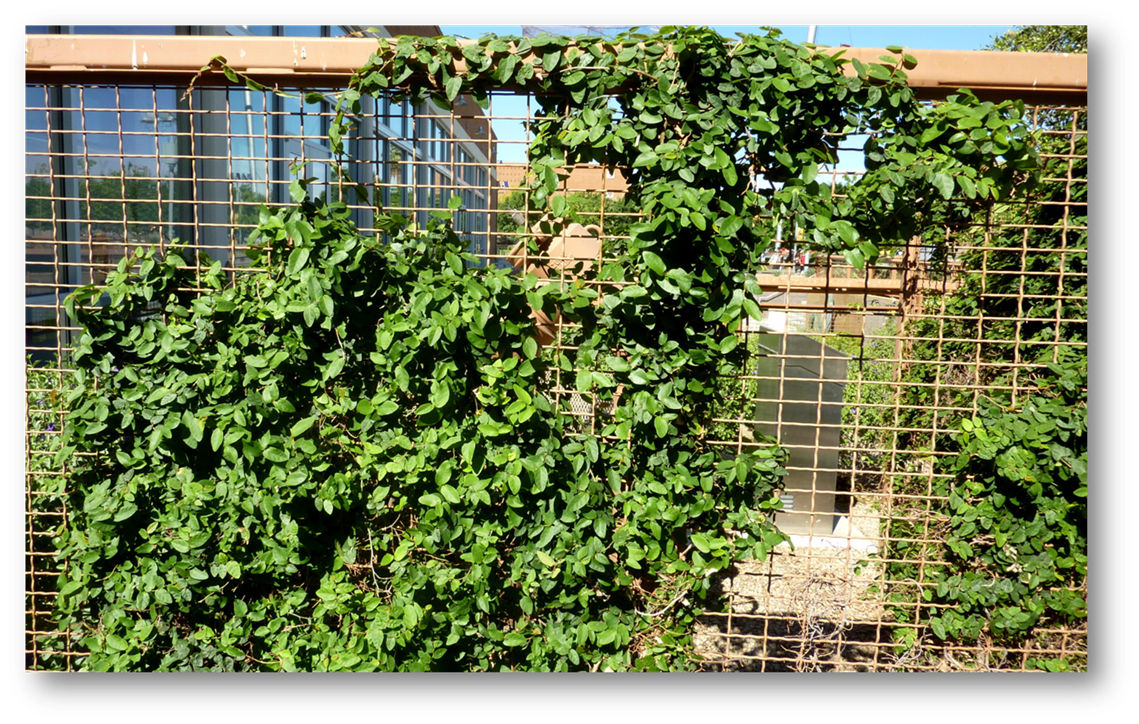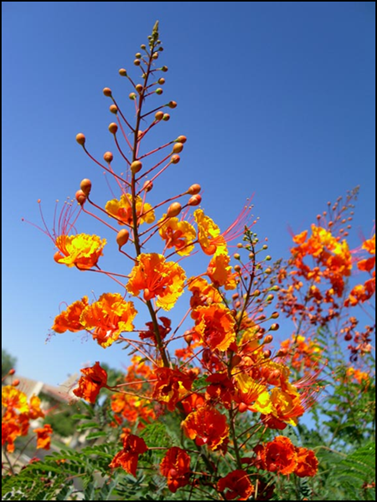Identifying & Selecting the Right Plants
Have you ever seen a beautiful plant in a landscape and wondered what it was because you would like to add it to your own landscape? Or do you have a space that needs a plant and wonder how to make the best choice? There are a number of ways to correctly identify a plant and make an informed decision on whether it is a good option for your location. Thanks to technology, many resources are at your fingertips.
Plant Identification and Selection Tips
· Are you looking for a plant for a certain spot in your landscape? If so, note the exposure and the space available, as well as the options for irrigation. Remember to choose the Right Plant for the Right Place. You may have your heart set on an octopus agave (Agave vilmoriniana), but only have a 3’ x 3’ space for it. Using the resources below, you will find that this agave can grow to 4’ x 5’, so you are better off choosing a smaller agave. Knowing what your plant wants to be when it grows up, as well as the conditions it needs to thrive, can help save yourself a maintenance nightmare followed by an untimely plant death.

· Think again about your space – do you need a low litter plant because it is near a pool? Good to know a high litter mesquite would not be a wise choice. Do you need something tough to grow on a west facing wall? Better not choose a plant that likes afternoon shade like the creeping fig Ficus pumila.

· If you need to identify a plant you have seen out in the world, start by snapping a few photos—a full length pic to show the size and shape of the plant, and a few up close shots to show the details of the leaves and flowers if present.
· Pay attention to the blooming period and other characteristics. Will it lose its leaves in the winter, or go through an unsightly period each year? This will help determine if it is the right plant for you.
· Plants are known by common names but if you want something specific, it is best to also know the scientific name (expressed in italics). Common names can be region specific, while scientific names are the same no matter where you are in the world. For instance, in our region we have several distinct plants known by the common name ‘bird of paradise’- one referring to the tropical bird of paradise (Strelitzia reginae), another as the Mexican bird of paradise (Caesalpinia gilliesii) and then there is the red bird of paradise (Caesalpinia pulcherrima).

Plant Identification and Selection Tips
Your landscape professional - No one knows the plants in our area better than landscape professionals that select, plant and maintain these plants every day. Snap a pic of the plant of your dreams, and ask if it may be a good choice for your space.
Your local plant nursery & botanical gardens - Taking a stroll at your local nursery or botanical gardens and asking questions of the plant professionals will give you an opportunity to see many plant options and learn the details of their needs and maintenance requirements.
Landscape Plants for the Arizona Desert https://www.amwua.org/plants/
Arizona Municipal Water Users Association offers an online resource that is also available as a web-based app for your smartphone so it is always at your fingertips.
Virtual Library of Phoenix Landscape Plants
http://www.public.asu.edu/~camartin/Martin%20landscape%20plant%20library.htm
This website includes the most commonly found landscape plants in the lower deserts of the American Southwest and features watering needs, landscape use, growth habit, flower & fruit details, and pruning tips.
Smartphone/tablet apps—Downloadable apps such as PlantSnap , NatureGate, FlowerChecker